Traders often experience slippage during high volatility. Slippage What is slippage? Can you avoid it? This article will tell you all you need to know about slippage.
Most of the time we brought up slippage to the surface, many traders would take it as a minuscule, almost negligible, and sporadical factor. Those are the few of misconceptions of what those seemingly tiny things can add up over time against your margin. More so, slippage can be a proven killer of many news traders due to the market's volatility during an illiquid period.
Slippage is one of the most widely known forex broker cheats. It happens when your market order is filled (or executed by the broker) at different price than your originally requested price. In this article, we will discuss how slippage can happen and how to overcome it.
Slippage Can Be Your Friend Or Foe
Even though the price slipped, we wouldn't always lose bits of our earned pips. Some brokers with NDD (No Dealing Desk) account type may support access to liqudity provider (ECN/STP) and gives you the next best price so long as liquidity is available.
So, let's say a buyer opens a position to buy EUR/USD pair at 1.1300. There will be two possibilities when the broker slippage occurs:
- Positive Slippage: Sometimes, trades can be executed at a better price than expected, resulting in positive slippage. This can be beneficial as it improves the trade's overall profitability. For example, when an order is transmitted, the price suddenly changes to 1.1290 (10 pip below our requested price); the price will be filled at that better price.
- Negative Slippage: Slippage is usually associated with negative impacts when the trade is executed at a worse price than intended. This can lead to reduced profits or increased losses, especially for high-frequency traders or those using scalping strategies. For example, the price suddenly hikes to 1.1310 (10 pip above our request). Unfortunately, the filled price will be registered at that worse level.
Why Does Slippage Happen?
Slippage mostly happens whenever there's an imbalance in the market. Elaborated, that imbalance is a huge gap in trading volumes and requested price difference between buyers and sellers.
Let's take at a look at a real-world possible case, a trader is waiting for the US NFP report release while he's trading in EUR/USD pair. He predicts that report to be better than expectation, therefore he set a sell-stop (pending order) to be triggered during the news release date.
Next thing he knows, his prediction came true. Short (sell) positions suddenly sky-rocketing in anticipation of that news as many traders are looking to sell their Euro and buy the surging US Dollar. Subsequently, EUR/USD plunges about hundreds of pips almost instantly.
The huge gap of short positions versus long (buy) positions illustrated above created an imbalance where slippage can occur. If an order is transmitted or triggered just around that very illiquid moment, most likely, the order will be filled as far away as that sudden drop of pips, at much better or worse than the originally requested price.
It's worth noting when the illiquid moment struck the market, the spread was already wide. It is practically less enticing for a late entry as the trading cost is too high.
How To Overcome Slippage
More often than not, slippage is ignored by traders, especially beginners. In normal market conditions, price slippage rarely occurs (even if it does, it slips slightly). However, if you are a news trader or a scalper, your ignorance of slippage will cost you dearly. To mitigate those potential damages to your margin, we should utilize these methods:
- Choose a Reliable Broker: Selecting a reputable broker with a reliable order execution system is crucial. Look for brokers with a strong reputation for order execution speed and transparency. Research their slippage policies and ask for information about their liquidity providers to assess the quality of their execution.
- Use Limit Orders: Instead of market orders, consider using limit orders. Limit orders allow you to specify the maximum price you're willing to buy or the minimum price you're willing to sell. By setting a limit, you have more control over the execution price and reduce the likelihood of slippage. However, remember that limit orders are not guaranteed to be filled if the market doesn't reach your specified price.
- Monitor Market Conditions: Stay informed about market volatility and liquidity conditions. Slippage is more likely to occur during high volatility or low liquidity periods. Avoid trading during news releases or other high-impact events when the market is likely to be more volatile. Adjust your trading strategies by adapting your position sizes and entry/exit levels to minimize potential slippage risks.
- Utilize Stop Loss Orders: Implementing stop loss orders can help limit potential losses and protect your capital. A stop-loss order automatically closes your position if the price reaches a specific level, allowing you to exit a trade before experiencing significant slippage. However, during highly volatile market conditions, the execution price may still be impacted by slippage.
- Market Order Deviation Range: Some brokers enable this feature so we can estimate our tolerance to slippage. If you set the maximum deviation to 3 pips, the order will be filled as long as the slippage equals 3 or below. If the price slips beyond set maximum, the order won't be filled.
The Impact of Slippage on Traders
Slippage can have various impacts on traders, both positive and negative. Here are some key effects that slippage can have:
- Profitability: Slippage can directly impact the profitability of trades. Positive slippage occurs when a trade is executed at a more favorable price than expected, resulting in increased profits. Conversely, negative slippage happens when a trade is executed at a worse price, leading to reduced profits or increased losses. The overall impact on profitability will depend on the frequency and magnitude of slippage experienced.
- Trade Execution: Slippage affects the actual execution price of trades. When slippage occurs, the trade is executed at a different price than intended during order placement. This can impact trades' entry and exit levels, potentially affecting the desired risk-reward ratios and target levels.
- Order Fills: Slippage can also impact the fill rate of orders. The available liquidity at a specific price level may change rapidly in fast-moving or volatile markets. As a result, orders may not be filled or may be filled at multiple prices, particularly for larger orders. This can impact the speed and completeness of order execution.
- Psychological Impact: Slippage can have psychological effects on traders. Negative slippage, especially when it frequently or significantly occurs, can erode confidence and increase frustration. Traders may start doubting their abilities or their chosen broker's reliability.
Please note that we can't fully control slippage as it is a natural factor of a trending or highly volatile market. You may also check if your broker is either a market maker or directly connected to interbank, as they will handle slippage differently.

 Dedicated FREE FOREX VPS
Dedicated FREE FOREX VPS Free FOREX Virtual Private Server
Free FOREX Virtual Private Server MT4 Demo Contest, Get $500
MT4 Demo Contest, Get $500 Sign Up for an Account, Claim 60% Deposit Bonus
Sign Up for an Account, Claim 60% Deposit Bonus Free MT4/MT5 VPS 2024
Free MT4/MT5 VPS 2024 Send E-mail and Get Free Merchandise
Send E-mail and Get Free Merchandise $1K Refer a Friend Bonus for Pepperstone Pro clients
$1K Refer a Friend Bonus for Pepperstone Pro clients Maximize Your Earnings with 100% Deposit bonus
Maximize Your Earnings with 100% Deposit bonus Trade to Win, $5,000 Monthly Demo Contest
Trade to Win, $5,000 Monthly Demo Contest Claim 30% + 15% Deposit Bonus from LiteFinance
Claim 30% + 15% Deposit Bonus from LiteFinance
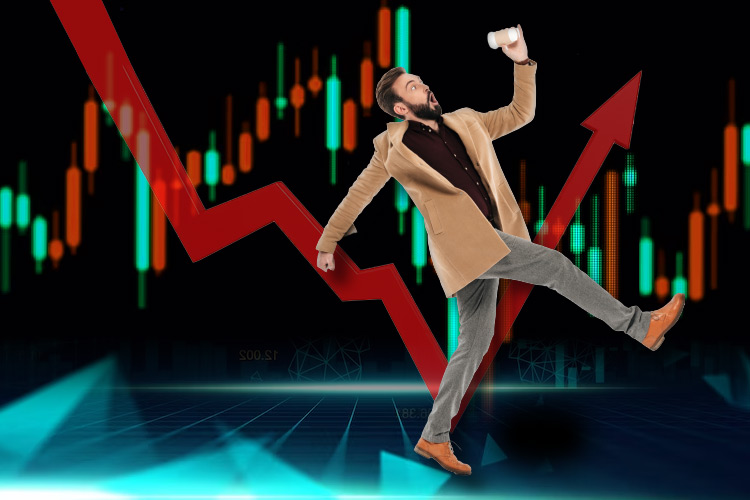
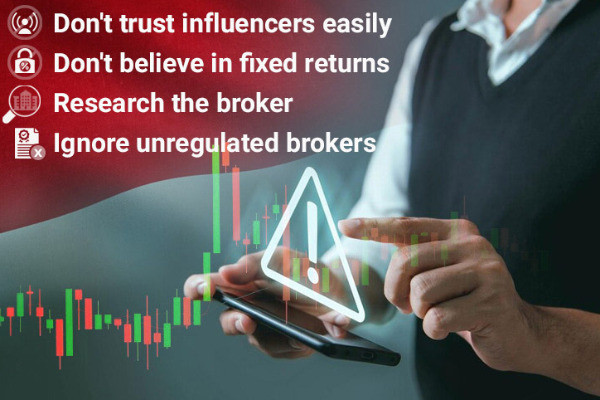
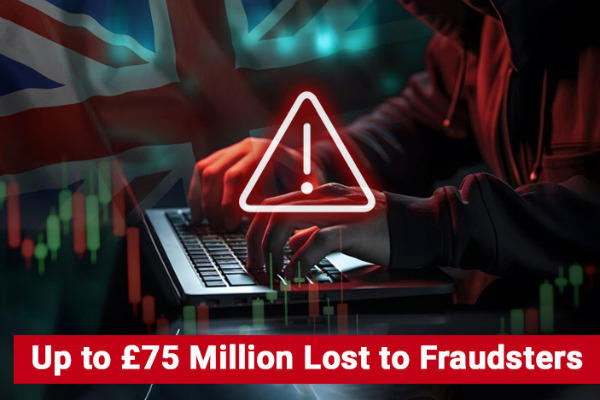
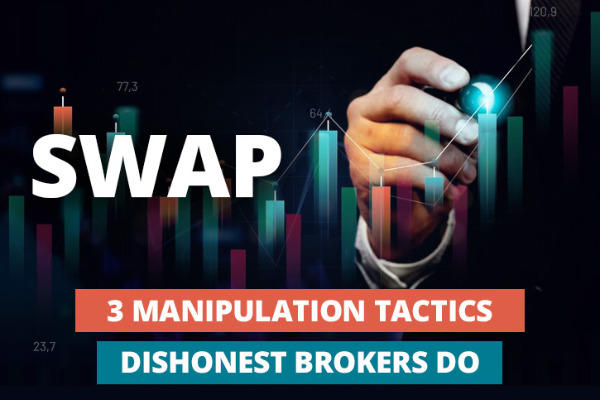

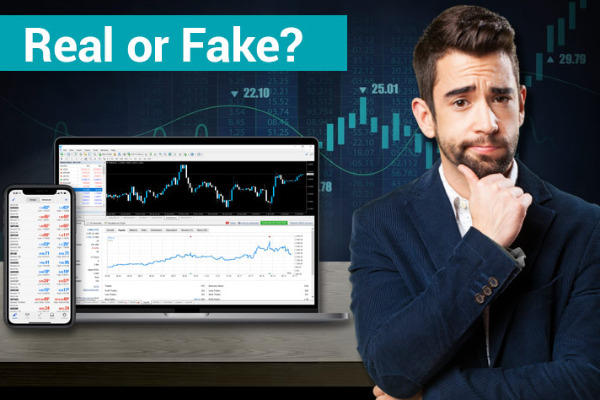
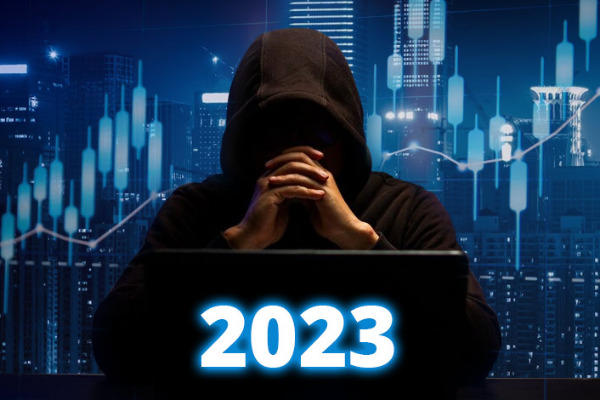






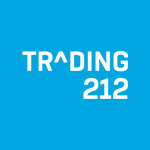


















1 Comment
imdriven
Feb 7 2022
Excellent article! Can you tell your story of becoming a stable profitable forex trader? Did you trade only best trades? Only one market? What were the other main factors for contributing to your transfer from losing to profitable trader?